What types of microcontrollers are generally used in smart home appliances?
Introduction
In today's digital age, smart home appliances have become a part of family life, making our daily lives more convenient, efficient, and smart. All this is due to the rapid development of microcontroller technology, which enables smart home appliances to have more functions, more interconnectivity, and more personalized choices. So, what types of microcontrollers are generally used in smart home appliances? Let's find out!
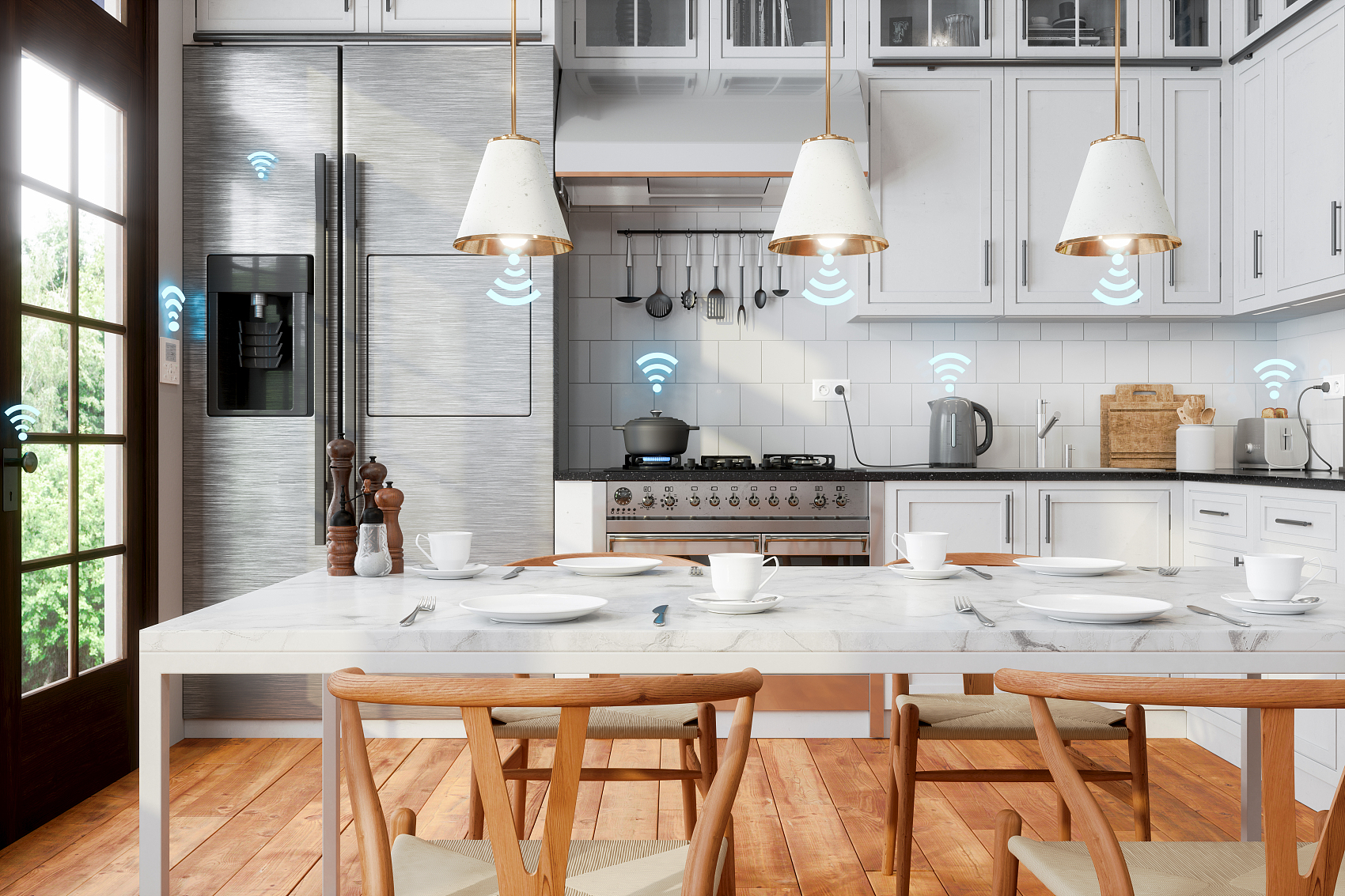
Figure1-smart home appliances
STMicroelectronics STM32 Series
STMicroelectronics' STM32 series microcontrollers are treasures in the field of smart home appliances. These microcontrollers are known for their excellent performance, low power consumption, and wide range of peripheral interfaces. The STM32 series of microcontrollers can not only support the core functions of home appliances but also easily meet the needs of interconnection and intelligent control. Whether it is a smart refrigerator, smart washing machine, or smart lighting, the STM32 microcontroller provides them with stable and efficient control and connection capabilities.
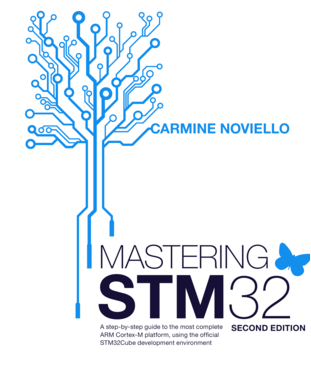
Figure2-STM32 Series
Espressif ESP8266 and ESP32
The ESP8266 and ESP32 series of microcontrollers launched by Espressif Systems are widely used in IoT and smart home applications. These two microcontrollers have built-in Wi-Fi and Bluetooth functions, providing simple interconnection capabilities for smart home appliances. Whether you are building a smart socket, smart door lock, or smart home control center, these microcontrollers can meet your needs. Their powerful performance and low power consumption make them ideal for home automation.
Arduino
Arduino is one of the most popular microcontroller platforms, known for its user-friendly interface and extensive community support. It is often used in DIY projects and prototypes for smart home devices. The Arduino ecosystem offers a wide range of boards with varying capabilities, making it versatile for different applications.
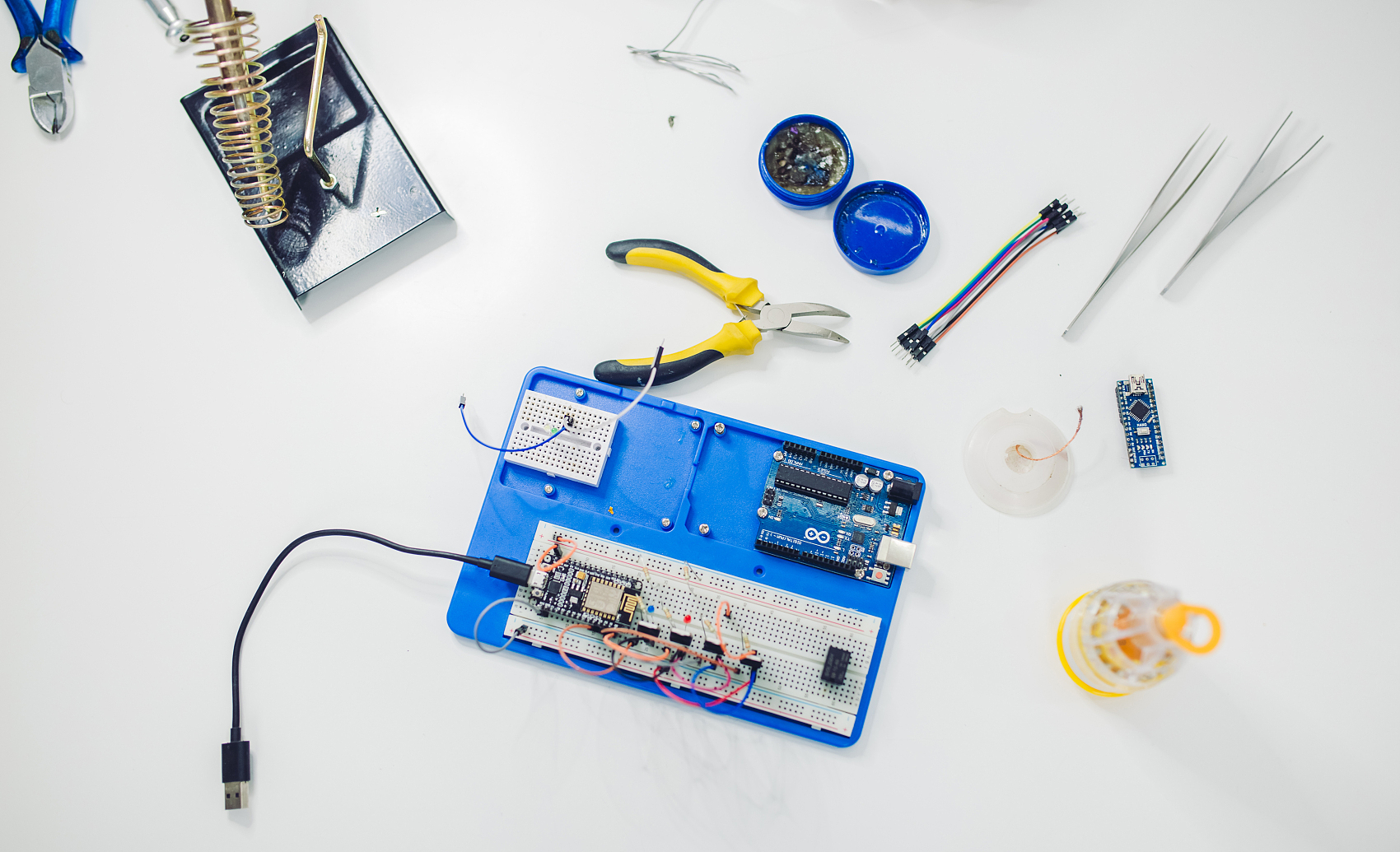
Figure3-Arduino
Raspberry Pi
While technically not a microcontroller, the Raspberry Pi is a single-board computer that has found its place in smart home projects due to its powerful processing capabilities and extensive connectivity options. It can run a full-fledged operating system, which allows for more complex applications.
PIC Microcontrollers
Microcontrollers from Microchip's PIC (Peripheral Interface Controller) family are widely used in various industries, including smart home technology. They are known for their reliability, low power consumption, and extensive range of peripheral options.
Texas Instruments MSP430
The MSP430 series is known for its ultra-low power consumption, making it suitable for battery-powered smart home devices. These microcontrollers are often used in applications like wireless sensors, smart meters, and remote controls.
NXP Kinetis
NXP's Kinetis microcontrollers are based on ARM Cortex-M cores and are known for their scalability, offering a wide range of options to meet the specific requirements of smart home applications. They are often used in devices like smart lighting, HVAC systems, and security systems.
Why Microcontrollers are crucial for smart home appliances?
Microcontrollers are the brains behind smart home appliances, enabling them to perform a wide range of tasks efficiently. They facilitate communication between devices, process data from sensors, control actuators, and manage power consumption. Moreover, they play a crucial role in ensuring the security and reliability of smart home systems.
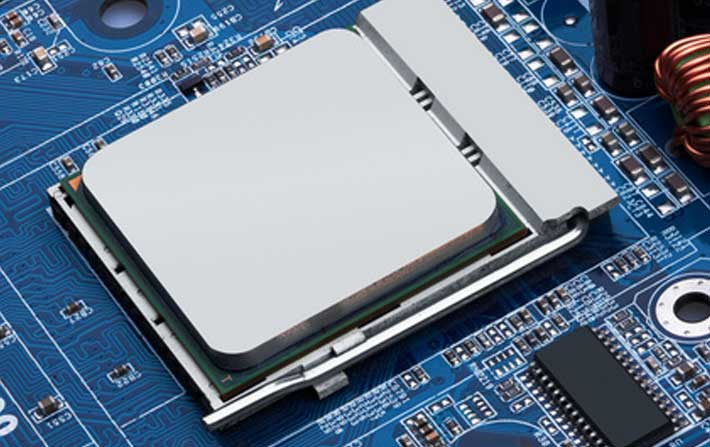
Figure4-Microcontrollers
Conclusion
The rapid development of smart home appliances is inseparable from powerful and reliable microcontrollers. Different products may choose different models of microcontrollers to meet their specific needs. Whether you are a manufacturer or a consumer, knowing the microcontroller model you are using can help you better understand the performance, functionality, and interconnect capabilities of your product.
When choosing smart home appliances, it is recommended that you pay attention to the microcontroller model used, because they directly affect the performance, reliability, and scalability of the product. Whether you're looking for a highly customizable smart home solution or want the convenience and intelligence of a smart home appliance, these excellent microcontroller models can meet your needs.
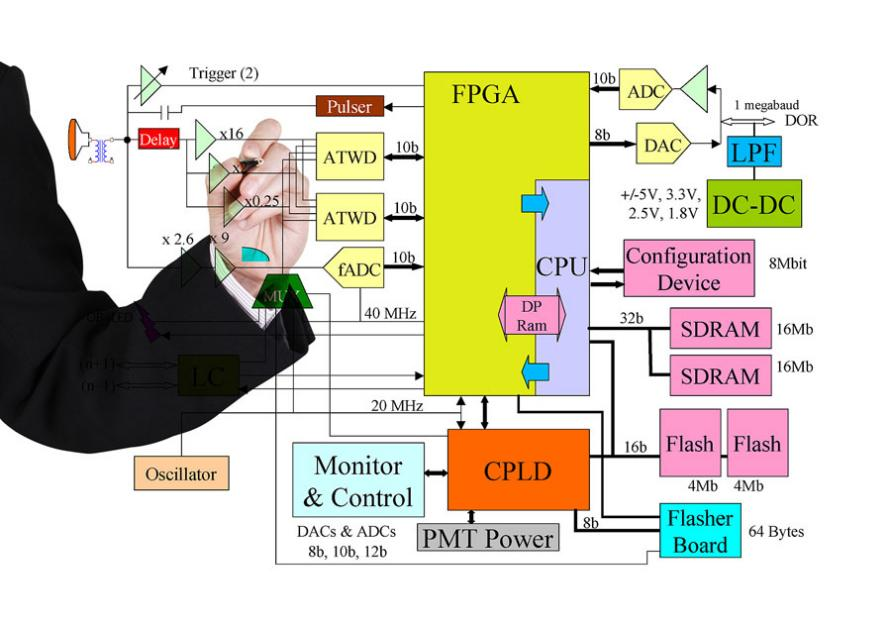 What is the Difference Between ECU, MCU and MPU?11/23/2022 1741
What is the Difference Between ECU, MCU and MPU?11/23/2022 1741ECU (Engine Control Unit) and MCU (Microcontroller Unit) are two components that play an important role in automotive electronic systems. Although they are both processors used in control systems, there are some significant differences in their design, functionality, and applications.
Read More >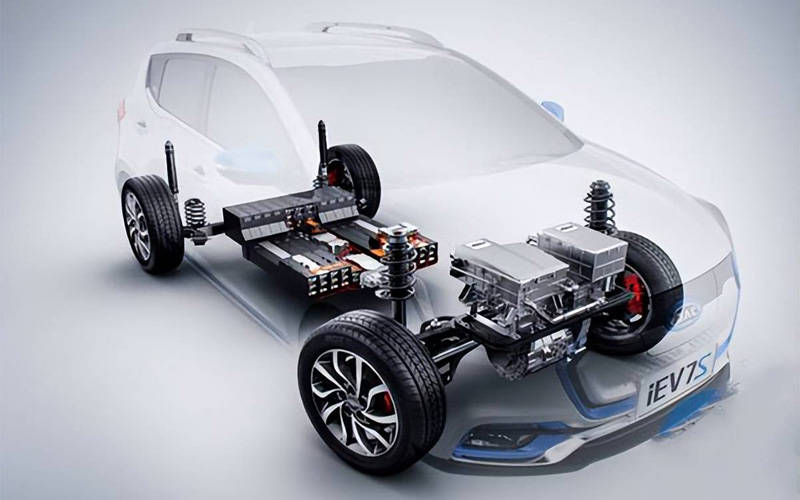 What application fields is the L9678PTR-S device suitable for?8/26/2022 594
What application fields is the L9678PTR-S device suitable for?8/26/2022 594The L9678P is a unique solution specifically targeted for entry level airbag or cut-off battery systems while permitting the system designer significant flexibility in configuring the system power and management block.
Read More > The TL074 Operational Amplifier: A Comprehensive Exploration9/8/2022 593
The TL074 Operational Amplifier: A Comprehensive Exploration9/8/2022 593The TL074 is a widely used operational amplifier (op-amp) integrated circuit. It belongs to the JFET-input operational amplifier family and is known for its high input impedance, low noise, and versatile applications.
Read More >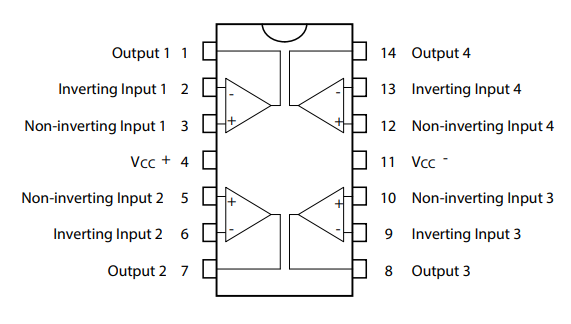 Mastering the TL074 Pinout: A Completed Guide9/29/2022 734
Mastering the TL074 Pinout: A Completed Guide9/29/2022 734In the realm of integrated circuits, the TL074 operational amplifier stands as an exemplar of precision engineering. Its versatile applications and exactitude in signal amplification make it an indispensable component in modern electronic design.
Read More >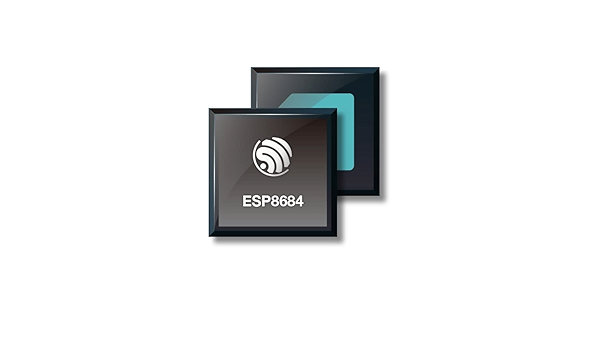 ESP8684H2: The preferred solution for high-performance seamless wireless!10/18/2022 622
ESP8684H2: The preferred solution for high-performance seamless wireless!10/18/2022 622ESP8684H2 belongs to ESP8684 series. The ESP8684 series SoC is an ultra-low-power and highly integrated MCU-based SoC solution that supports 2.4GHz Wi-Fi and Bluetooth® Low Energy (Bluetooth LE).
Read More >


